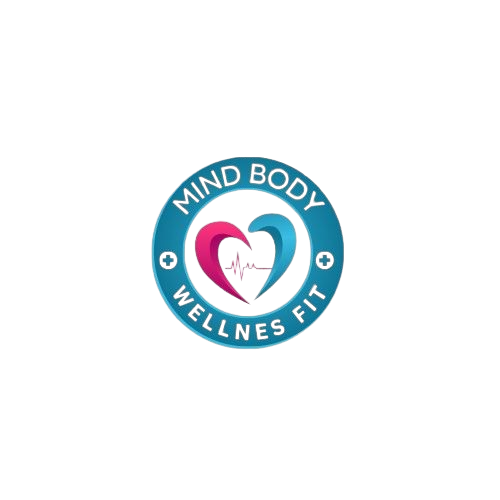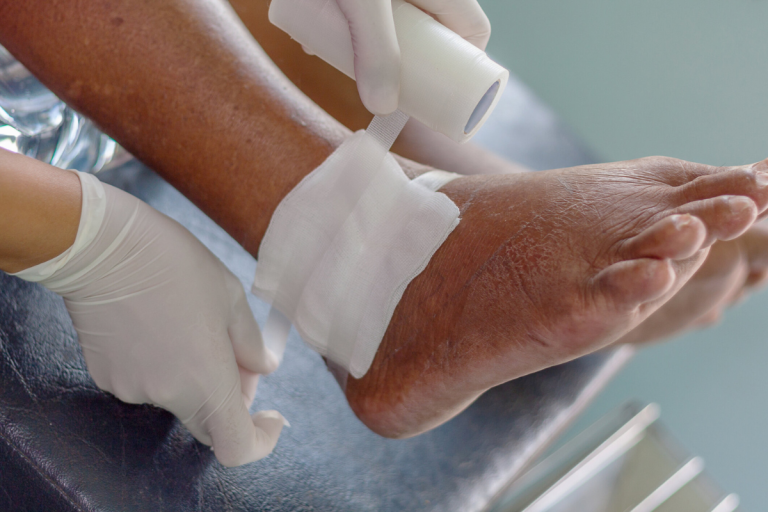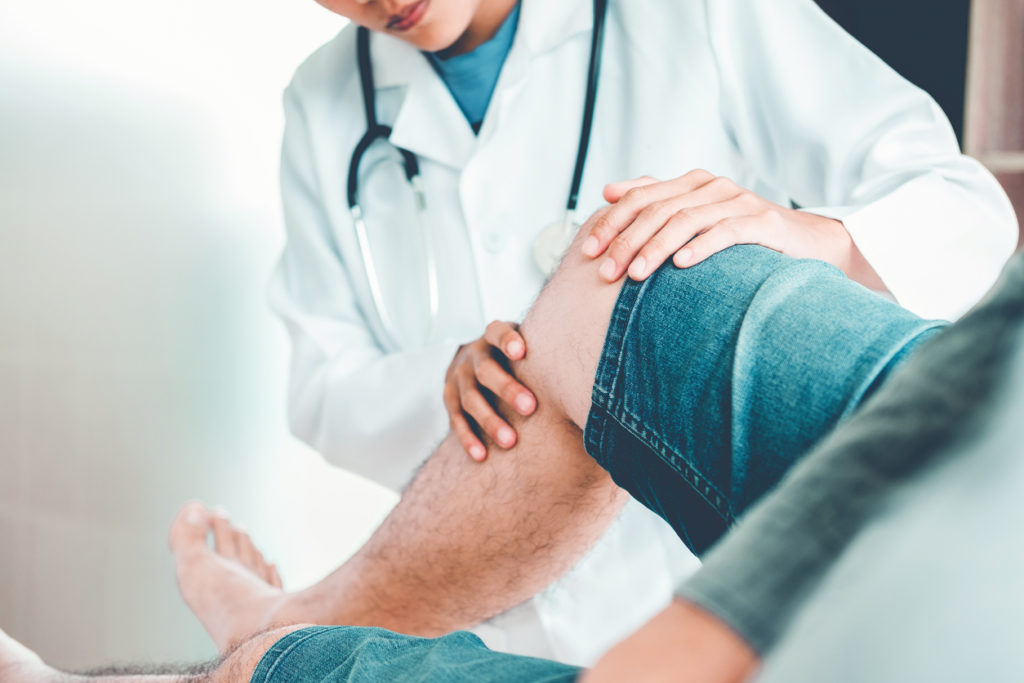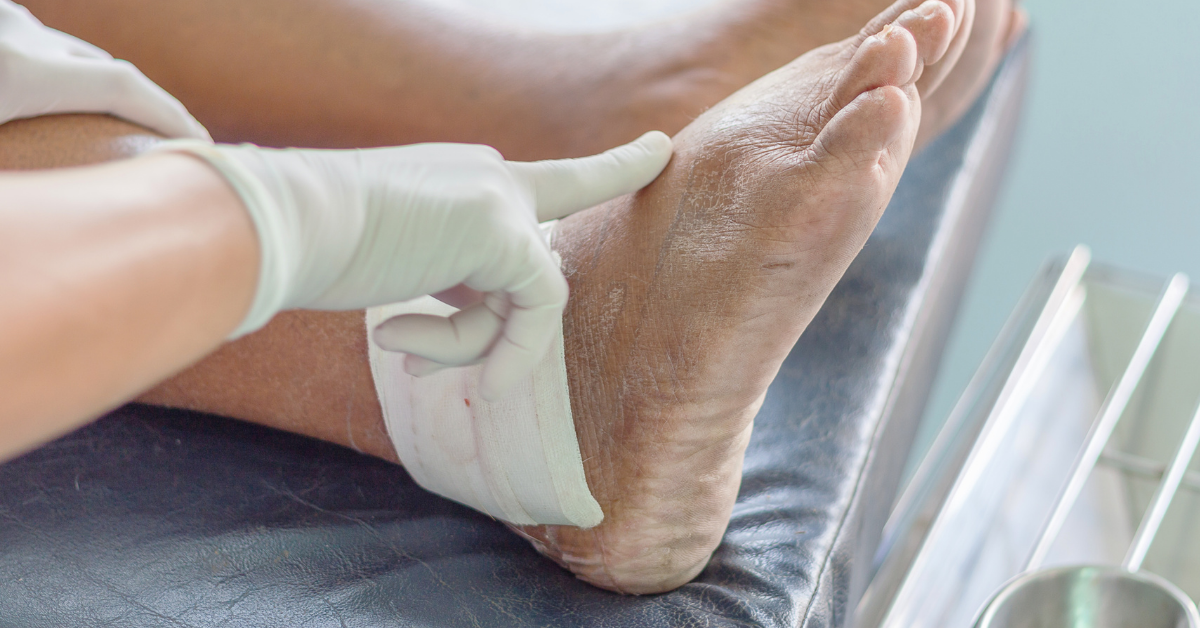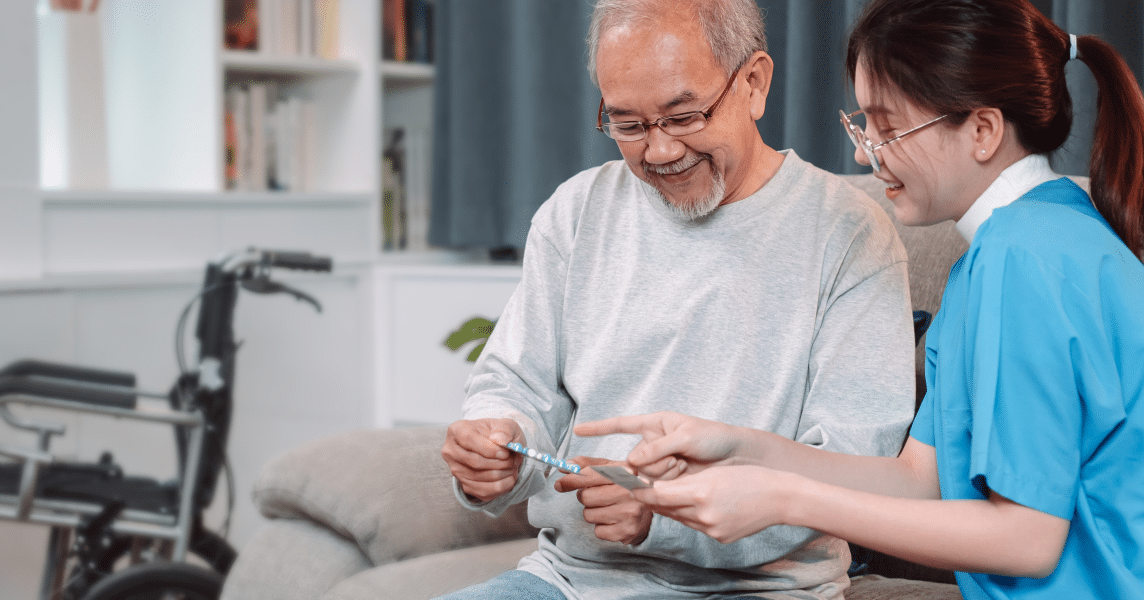Non-healing wounds, also known as chronic wounds, present a significant challenge for many individuals. These are sores or ulcers that fail to heal over time, often due to underlying medical conditions like diabetes, poor circulation, or pressure-related injuries. The discomfort and long-term effects of these wounds can drastically impact a person’s quality of life.
When it comes to treating non-healing wounds, orthopedic care is essential. Orthopedic specialists play a crucial role in managing and healing these wounds, ensuring that the patient not only recovers physically but also regains their mobility and overall well-being.
What Are Non-Healing Wounds?
Non-healing wounds are defined as chronic sores or ulcers that do not show signs of improvement after a prolonged period, often more than a month. These wounds can result from a variety of causes, including diabetes, poor circulation, or pressure ulcers from prolonged immobility. Chronic wounds can develop anywhere on the body but are most common in areas prone to pressure or friction.
Underlying conditions like diabetes-related wounds, venous ulcers, and diabetic foot ulcers are frequent culprits in non-healing wounds. Poor circulation can also make it difficult for blood to reach the wound site, hindering the healing process. Without proper management, these wounds can lead to more severe complications such as infections or tissue damage.
How Orthopedic Treatment Can Help Heal Non-Healing Wounds
Orthopedic care plays a vital role in healing chronic wounds. While the primary focus of orthopedic treatment is musculoskeletal health, it also addresses the body’s ability to heal wounds by improving mobility and blood flow. For example, treating underlying bone or muscle issues can directly impact how a wound heals.
Orthopedic specialists can offer targeted interventions such as debridement (removal of dead tissue) to encourage new tissue growth, the use of specialized dressing techniques, and pressure relief methods that reduce strain on the wound. By ensuring that patients are able to move comfortably, orthopedic treatment not only promotes healing but also supports patients in their journey toward regaining their independence and quality of life.
Advanced Technologies and Therapies for Non-Healing Wounds
At Tec Orthopedics, we leverage advanced wound care technology to support the healing process. Cutting-edge therapies, such as hyperbaric oxygen therapy and electrical stimulation therapy, are commonly used to speed up healing and improve the body’s natural repair mechanisms.
Hyperbaric oxygen therapy involves breathing pure oxygen in a pressurized room, which helps to increase oxygen supply to damaged tissues, accelerating the healing process. Electrical stimulation therapy uses small electrical pulses to promote cellular repair and stimulate wound closure. These technologies have shown remarkable success in treating chronic wounds and reducing healing time.
By incorporating these innovative treatments, orthopedic specialists can offer patients the best chance of recovery, even in the most challenging cases of non-healing wounds.
The Importance of Proper Assessment and Diagnosis
The key to effective treatment is a thorough assessment and accurate diagnosis. Orthopedic specialists use comprehensive diagnostic tools to evaluate the wound’s condition, determine the underlying causes, and create a personalized treatment plan.
A proper assessment allows healthcare providers to address any issues related to circulation, bone health, or muscle function that could be hindering the wound’s healing. It also ensures that the appropriate interventions—whether surgical, therapeutic, or preventive—are selected based on the patient’s unique situation.
Treatment Options for Non-Healing Wounds
Orthopedic treatment for non-healing wounds is multi-faceted and designed to address both the wound itself and any underlying musculoskeletal issues. Some of the most common treatment options include:
- Surgical intervention: In some cases, surgery may be necessary to remove dead tissue or address structural issues preventing healing.
- Wound care dressings: Specialized dressings that promote a moist healing environment can be used to enhance tissue regeneration.
- Pressure relief devices: These are crucial for individuals with pressure ulcers to prevent further damage and promote recovery.
Orthopedic specialists tailor these treatments to the patient’s needs, ensuring the most effective approach for healing and recovery.
How Tec Orthopedics Specializes in Non-Healing Wound Care
At Tec Orthopedics, we understand the complexities of chronic wound care. Our team of orthopedic wound care specialists has years of experience in treating non-healing wounds, focusing on advanced technologies and personalized treatment plans.
We offer a holistic approach to orthopedic wound care, taking into account not just the wound but the overall health and mobility of the patient. Through thorough evaluations and cutting-edge treatments, we have successfully helped many individuals regain their mobility and heal from chronic wounds.
Preventing Non-Healing Wounds and Maintaining Mobility
Prevention is always better than cure, and this is especially true for non-healing wounds. By taking steps to manage underlying conditions like diabetes and ensuring proper circulation, patients can significantly reduce their risk of developing chronic wounds.
Regular movement, proper nutrition, and pressure relief techniques such as repositioning and using cushioned surfaces can also help prevent wounds from forming. By maintaining mobility and addressing any signs of injury early, patients can avoid long-term complications and improve their overall health.
The Road to Recovery: What to Expect During Treatment
The journey to recovery from non-healing wounds can take time, but with the right orthopedic care, the process becomes much more manageable. Patients can expect an individualized treatment plan that may involve advanced wound care, musculoskeletal rehabilitation, and continuous support.
Throughout the treatment process, orthopedic specialists will monitor progress, adjust care plans as needed, and provide the patient with tools to manage their condition at home. Consistent follow-up appointments ensure that recovery stays on track and that any potential complications are addressed early.
Takeaway
Orthopedic treatment for non-healing wounds offers hope for those struggling with chronic wounds. Through advanced technologies, personalized care, and a focus on improving mobility and circulation, patients can experience significant improvements in healing, comfort, and overall quality of life.
